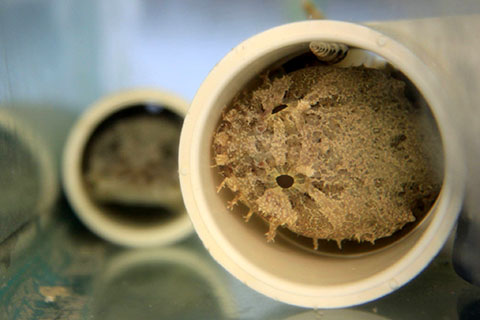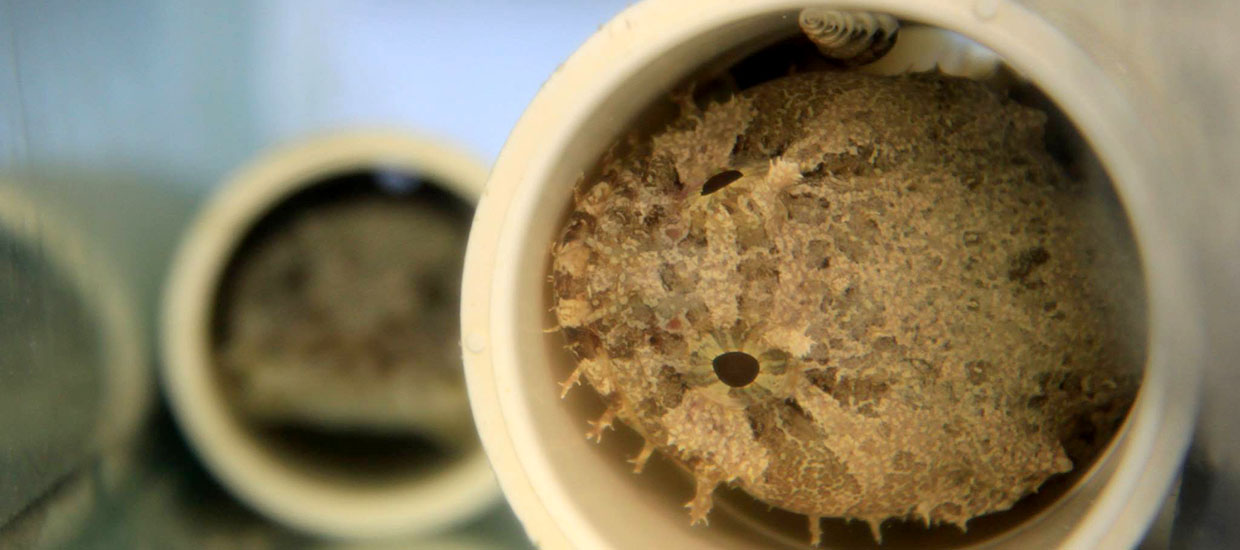Most teleost fish excrete ammonia across their gills as their primary nitrogenous waste. Gulf toadfish are unique because they can switch from excreting ammonia to excreting predominately urea in distinct pulses across the gill. Because producing and excreting urea is metabolically more costly than ammonia, it is thought that there is an adaptive advantage to this pulsatile urea excretion. The current hypothesis is that urea pulses may contain chemical signals, or pheromones, for the purpose of chemical communication between toadfish. Crustaceans and freshwater fish are known to communicate through pheromones in their urine, but little is known about how marine fish communicate chemically. Through both physiological and behavioral techniques, I obtained evidence that toadfish may use this unique pulsing mechanism in the gill to release chemicals that communicate reproductive and social status. For example, urea excretion is elevated during the breeding season, toadfish increase their swimming behavior in response to chemical cues from conspecifics of the opposite sex. Additionally, toadfish rely on their sense of smell, and thus on chemical communication, when forming dominance hierarchies.
In addition to determining the purpose of pulsatile urea excretion, our lab has followed up on early work to understand the neuroendocrine control of this process. We have investigated the role of cortisol, glucocorticoid receptors, and the 5-HT2Areceptor in activating the toadfish urea transporter (tUT). We have also determined that pulsatile urea excretion is not under central nervous control of the glossopharyngeal and vagus nerves, androgens might play a regulatory role, and circulating serotonin fluctuates around the time of a urea pulse.





